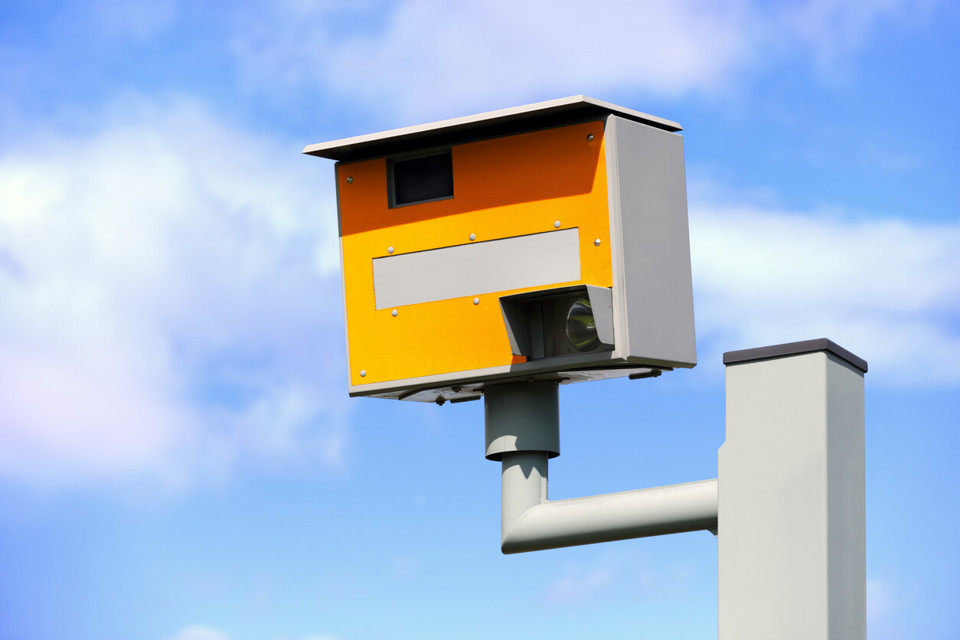Detailed information on specific speed camera sites has been published as part of the Government's drive to increase transparency.
So far 75 English local authorities have published some or all of their information showing accident and casualty rates as well as speeds at camera sites before and after the introduction of speed cameras. This will allow people to see whether speed cameras are having a positive impact on accident rates in their areas.
All local authorities were asked to publish information about the effectiveness of their speed cameras as soon as practicable and provide a web link to this material by 20th July 2011. The remaining 72 authorities plan to publish their data in the next few weeks.
Road Safety Minister Mike Penning said: "Local residents have a right to expect that when their council spends money on speed cameras, they publish information to show whether those cameras are helping to reduce accidents or not.
"I hope that this information will help local people to make informed judgements about the impact cameras are having on their local roads.
"However, residents can only hold their council to account if it has made information available so I would urge those councils which have not yet published their data to do so as soon as possible."
Neil Greig, director of policy and research at the Institute of Advanced Motorists, said: "This data must be used with care. The best speed cameras deliver lower speeds and fewer casualties without catching lots of drivers out.
"Any camera that consistently issues tickets clearly has location or signposting issues. No camera should ever be removed without a clear education or engineering solution to replace it."
Julie Townsend, Brake campaigns director, said: “Rigorous academic studies have shown fixed speed cameras are exceptionally effective in reducing speeds, crashes and casualties, preventing families going through the unnecessary trauma and pain of a road death or injury.
“These studies have also demonstrated that speed cameras pay for themselves several times over by preventing costly casualties. They are therefore a proven way to improve safety without costing the taxpayer.”
Police forces are to publish the number of prosecutions arising from each permanent or long term temporary fixed camera site in their area each year, along with the total number of offences recorded by all cameras and the total numbers of offenders given a fixed penalty notice, or taken to court and the numbers of people opting to complete speed awareness courses.
Some forces, including Cambridgeshire, Dorset, Lancashire, and Thames Valley have already provided some offence data but in most cases this information will be published by police forces later in the year. The Department will then review the position related to the publication of speed camera information with the police.
Further information on specific areas can be found by visiting www.dft.gov.uk/publications/speed-camera-data.


















Login to comment
Comments
No comments have been made yet.